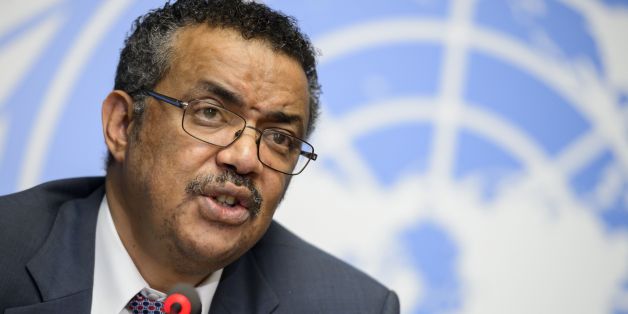The World Health Organisation (WHO) says national programmes should boost active case-finding, strengthen surveillance, improve contact-tracing and focus more on early detection of leprosy cases among children to ensure achievement of the global target of zero child infection by 2020.

The call comes as the world observes World Leprosy Day on Sunday, January 28, 2018 to mark the suffering of people affected by this preventable and curable disease that appears to have eluded defeat.
Leprosy was globally declared to have been “eliminated as a public health problem” 18 years ago. However, pockets of endemicity have continued in many countries. India and Brazil report the highest number of cases annually.
Some of the children who have recently been diagnosed already showed signs of disability. This strongly calls for early case detection and surveillance, says the WHO.
Leprosy is caused by infection with the bacillus Mycobacterium leprae, which multiplies very slowly in the human body. The bacterium has a long incubation period (on average five years or longer). The disease affects nerve endings and destroys the body’s ability to feel pain and injury.
Data published by WHO in 2017 show that although the overall number of cases is slowly declining, that of new cases does not align with global efforts and resources deployed to interrupt transmission.
Reports from 145 countries of WHO’s six regions show that, of the total of 216,108 newly diagnosed cases of leprosy during 2016, 18,472 involved children, representing almost 9% of all new cases reported annually.
Leprosy is curable and treatment provided in the early stages averts disability.
Multidrug therapy is made available free of charge through WHO and has been donated to all patients wordwide by Novartis since 2000 (and earlier by The Nippon Foundation since 1995). It provides a simple yet highly effective cure for all types of leprosy.
Discrimination
Despite global efforts to repeal laws that discriminate against those affected by leprosy, adults still face crippling social barriers and children are deprived of education or subject to bullying and rejection due to stigma associated with the disease.
Besides elimination, WHO’s new global strategy focuses on working with governments and partners to end the discrimination and stigma associated with the disease and ensure that all legislation that allows for discrimination on the basis of leprosy is overturned.
Continued discrimination against people affected by leprosy has deterred people from coming forward for diagnosis and treatment and encouraged cases to remain hidden, indirectly contributing to transmission.
Social stigma also facilitates transmission among vulnerable groups, including migrant populations, displaced communities, and the ultra-poor and hard-to-reach populations. Combating stigma and ensuring early diagnosis through active case-finding, which the new strategy emphasises, is critical to making progress.
